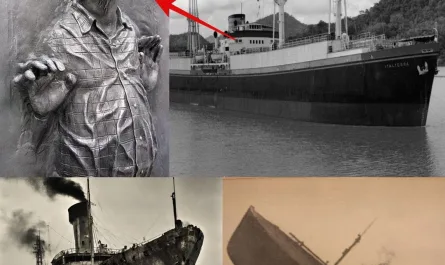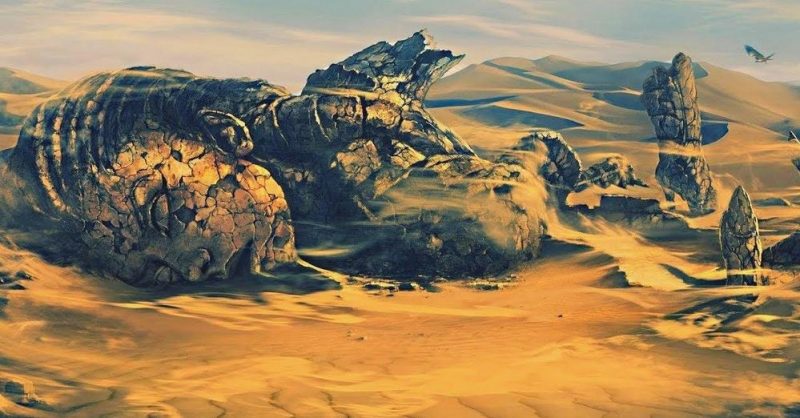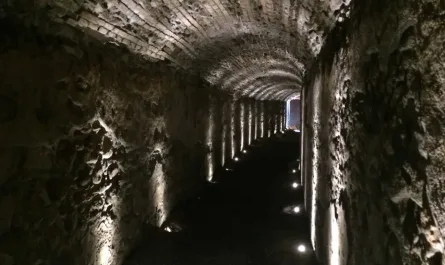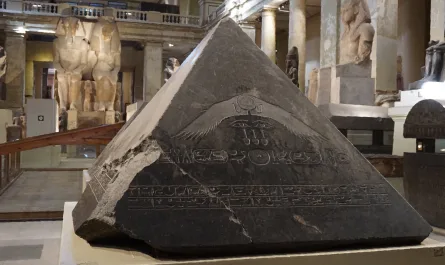Wadi Al Hitan: Egypt’s Valley of the Whales Unveils Ancient Secrets
Deep in Egypt’s Western Desert, Wadi Al Hitan, or the Valley of the Whales, holds a treasure trove of 37- to 40-million-year-old fossils that tell the extraordinary story of whale evolution. This UNESCO World Heritage Site, located 150 kilometers southwest of Cairo, recently made headlines with the discovery of a 37-million-year-old whale skeleton, adding to the hundreds of ancient marine fossils uncovered in this former seabed. The Wadi Al Hitan Fossil and Climate Museum, the Middle East’s first dedicated fossil museum, protects these relics while educating visitors about the prehistoric Tethys Sea and the evolutionary journey of whales from land to ocean. Drawing on recent sources, this blog post explores the site’s discoveries, scientific significance, and the museum’s role in preserving this ancient legacy.
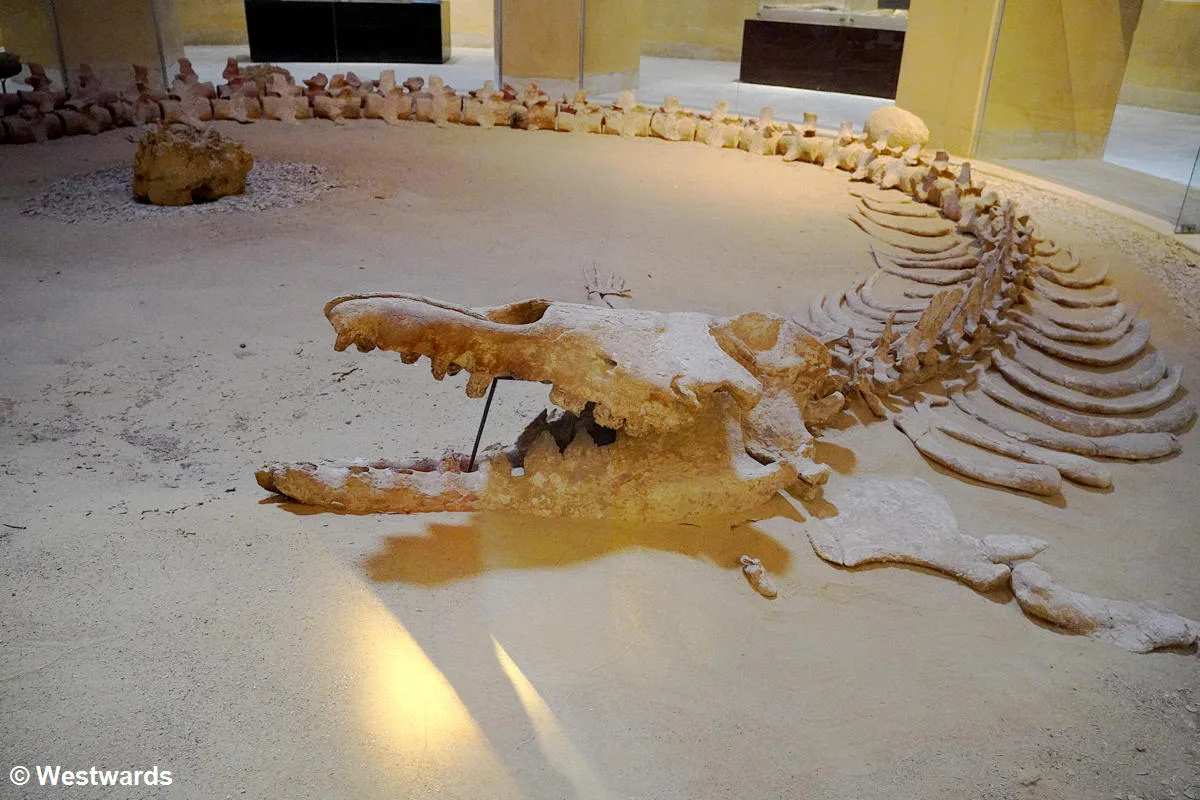
A Desert Once Submerged: The Geological Story
Wadi Al Hitan’s arid expanse was once part of the Tethys Sea, a vast, shallow ocean that covered North Africa 40–50 million years ago during the Eocene epoch. Tectonic shifts and climate changes caused the sea to retreat, leaving behind sedimentary layers of sandstone and limestone that preserved a remarkable array of marine life. Wind and water erosion have since exposed these fossils, creating an open-air museum where visitors can walk among the bones of ancient whales, sharks, crocodiles, and turtles.
The site’s geological formations—primarily the Gehannam, Birket Qarun, and Qasr el Sagha Formations—offer clues to the ancient environment. The Birket Qarun Formation, with its yellowish sandstones, contains most of the whale fossils, while the Gehannam Formation’s mudstones indicate deeper waters to the east. Fossils of mangrove roots, mollusks, and nummulites (coin-shaped microfossils) reveal a nutrient-rich coastal ecosystem, likely a calving ground for early whales. The valley’s dramatic cliffs and buttes, sculpted by erosion, enhance its otherworldly allure, earning it the nickname “Mountain of Hell” (Garet Gohannam) for its fiery glow at sunset.
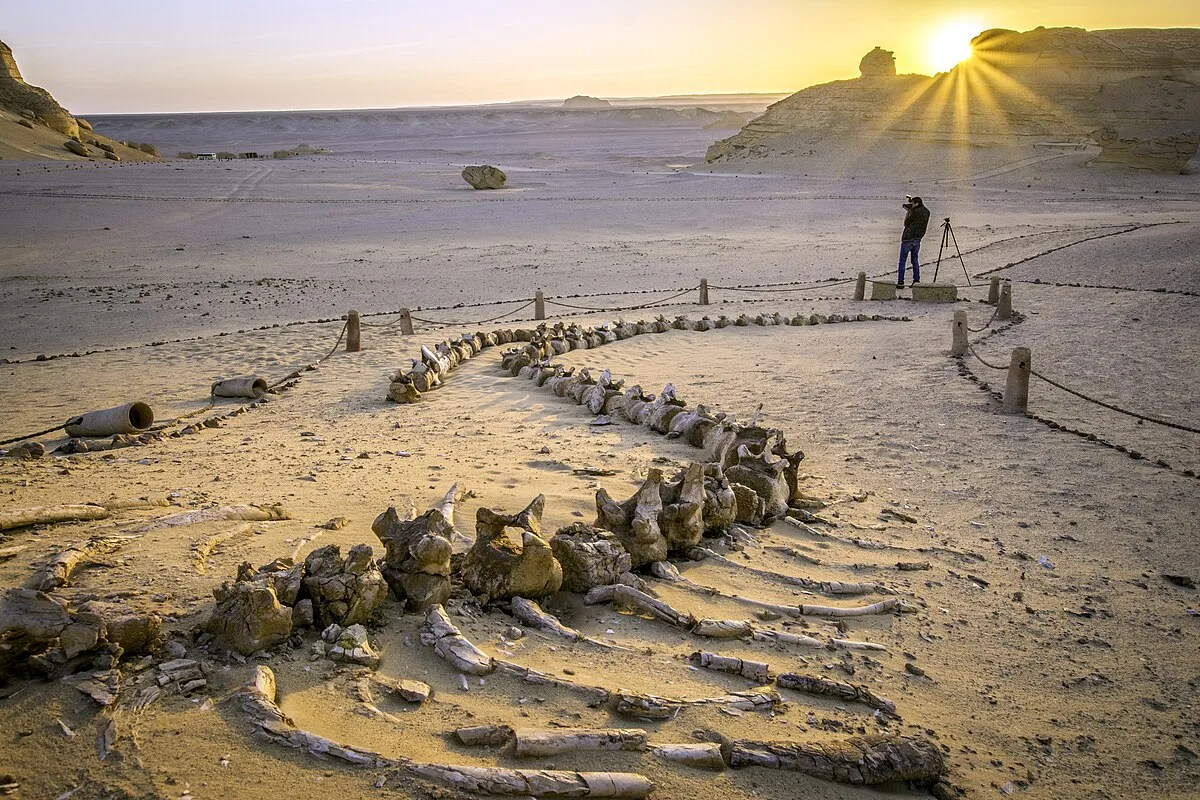
The Fossils: Witnesses to Whale Evolution
Wadi Al Hitan is renowned for its unparalleled concentration of over 400 fossilized skeletons of archaic whales, primarily Basilosaurus isis and Dorudon atrox, from the late Eocene (38–36 million years ago). A significant find, reported in 2015, was the world’s only fully intact Basilosaurus skeleton, an 18-meter-long predator with tiny hind limbs, discovered during excavations led by Dr. Mohamed Sameh Antar. This “walking whale” fossil, now the centerpiece of the museum, revealed stomach contents including a smaller whale, crabs, and sawfish, offering insights into its carnivorous diet.
Basilosaurus isis, initially mistaken for a marine reptile and named “king lizard,” was a serpentine whale reaching 15–21 meters, with five-fingered flippers and vestigial hind legs. Dorudon atrox, a smaller, dolphin-like whale about 5 meters long, also retained tiny hind limbs, useless for walking but possibly used for mating. These features mark a critical stage in cetacean evolution, showing whales transitioning from land-dwelling mammals to fully aquatic creatures. Fossils of juvenile Dorudon with shark bite marks and fish bones in their stomachs suggest a vibrant ecosystem with complex predator-prey dynamics.
Recent discoveries include a 2021 find of a new species, Phiomicetus anubis, named after the Egyptian god of death. This 3-meter-long, 600-kilogram predator, discovered by paleontologist Abdullah Gohar’s team, had a robust jaw and likely hunted both on land and in water, representing an earlier transitional form. These fossils, combined with others like sea cows, crocodiles, and a late Eocene pelican, make Wadi Al Hitan the world’s most important site for studying whale evolution.
The Fossil and Climate Museum: Preserving the Past
Opened on January 14, 2016, the Wadi Al Hitan Fossil and Climate Museum, designed by architect Gabriel Mikhail, is a sustainable, half-buried structure that blends into the desert landscape. Costing approximately $2.17 billion, it was funded by the Egyptian Ministry of Environmental Affairs, UNDP, and the Italian government. The museum’s centerpiece is the intact Basilosaurus skeleton, surrounded by exhibits like Basilosaurus skulls, Dorudon bones, and fossils of crocodiles and extinct rhinoceros-like Arsinoitherium. A video and interpretive displays explain whale evolution and the impact of ancient climate changes, drawing parallels to modern environmental challenges.
The museum, part of the Wadi El-Rayan Protected Area (WRPA), serves three key roles: preservation, research, and education. Protective roofs and polymer embedding safeguard fossils from erosion and visitor damage, while a laboratory supports ongoing paleontological work. The “Walk of Whales” trail, a signposted path through 18 fossil displays, allows visitors to explore skeletons in their natural setting, guided by information panels. With 25,000–30,000 annual visitors, the museum boosts ecotourism while raising awareness about conservation.
Challenges and Conservation Efforts
Despite its protected status under Egyptian Law 102/1983 and the WRPA’s management by the Egyptian Environmental Affairs Agency, Wadi Al Hitan faces threats. Visitor damage, such as a 2007 incident where Belgian diplomats’ vehicles destroyed a fossil, and potential illegal quarrying pose risks. Erosion, while exposing new fossils, also endangers existing ones, requiring techniques like polymer embedding. The museum’s management plan restricts visitors to guided tours, replacing 4WD vehicles with foot or camel treks to minimize impact.
Recent posts on X reflect public fascination, with users like @NarudaaArnaud describing Wadi Al Hitan as a “time machine” to the Eocene, highlighting its role in illustrating whales’ terrestrial-to-marine transition. Local efforts, such as the EU-funded “Eco Fayoum” project, aim to improve infrastructure and train guides, supporting sustainable tourism in the Fayoum region.
Global Significance and Visitor Experience
Wadi Al Hitan’s fossils, inscribed on UNESCO’s World Heritage List in 2005, are unmatched in number, quality, and accessibility, making it a global reference for cetacean evolution. The site’s proximity to other Fayoum attractions, like Lake Qarun and the Wadi El-Rayan waterfalls, enhances its appeal as a day trip from Cairo (3 hours) or an overnight stay in Tunis Village. Visitors describe the experience as “awe-inspiring,” with the desert’s stark beauty and exposed skeletons creating a surreal journey into prehistory.
The museum’s educational exhibits, combined with the open-air trail, make Wadi Al Hitan accessible to history buffs, nature enthusiasts, and photographers. Travelers note the museum’s clear explanations and the thrill of seeing fossils like Basilosaurus’s tiny legs, which one visitor called “evolution you can touch.” However, some suggest better signage or maps to navigate the trail’s 18 displays, which can take two hours to explore.
Conclusion
Wadi Al Hitan, Egypt’s Valley of the Whales, is a portal to a 37-million-year-old world where whales with legs swam in a vanished sea. The recent discovery of a whale skeleton adds to the site’s legacy as the world’s premier archive of cetacean evolution. The Fossil and Climate Museum not only preserves these ancient relics but also educates visitors about the interplay of life and environment, past and present. As paleontologists like Hesham Sallam and Abdullah Gohar uncover new fossils, Wadi Al Hitan continues to reveal secrets of Earth’s history, inviting us to walk among the ghosts of ancient oceans.


